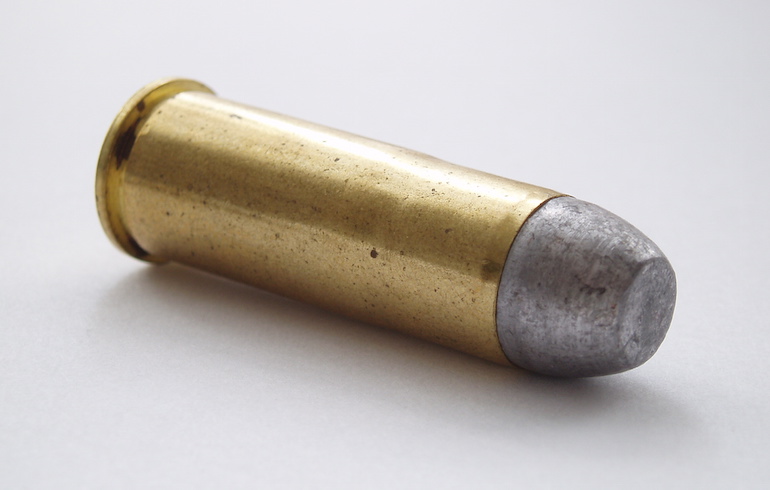History in the Making: Winchester’s First Centerfire Cartridge
In 1873, when Winchester introduced its famed Winchester Model 1873 lever-action rifle, the gun that would later become known as “The Gun that Won the West,” it also introduced the .44-40 Winchester Center Fire (.44-40 WCF) at the same time.
In fact, the original Model 1873s were chambered in this first metallic centerfire cartridge manufactured by Winchester. It wasn’t long before the round received double utility as a handgun cartridge as well when Colt began making their Single Action Army revolver chambered for the round. As both a long gun and short gun cartridge, the .44-40 Winchester soon became a favorite among cowboys and frontiersman of the day.

According to Cartridges of the World, “At one time or another, just about every American arms manufacturer has offered some kind of gun chambered for this cartridge.” Remington and Marlin were among the first manufacturers after Winchester to chamber their rifles for the round. Author Frank Barnes calls the .44-40 “one of the all-time great American cartridges. It is said that it has killed more game, large and small…than any other commercial cartridge ever developed.”
The original loading for the cartridge was 40 grains of blackpowder that propelled a 200-grain bullet at a reported 1,245 fps. It was soon loaded in high-velocity variations that enjoyed a good level of success in their day. The round eventually lost favor as a handgun cartridge over time however with the advent of the .357 Mag. and the .44 Mag. and as a relatively short-range rifle round with the creation of the .30-30 Winchester.
While the Winchester name is attached to virtually countless popular cartridges through time and on into today, the .44-40 WCF has enjoyed a resurgence of late thanks to the popularity of cowboy action shooting. It is currently offered as a handgun load only by a number of manufacturers. Winchester’s current .44-40 WCF offering features a 225-grain flat-nosed lead bullet that leaves a 4-inch barrel at 750 fps.




